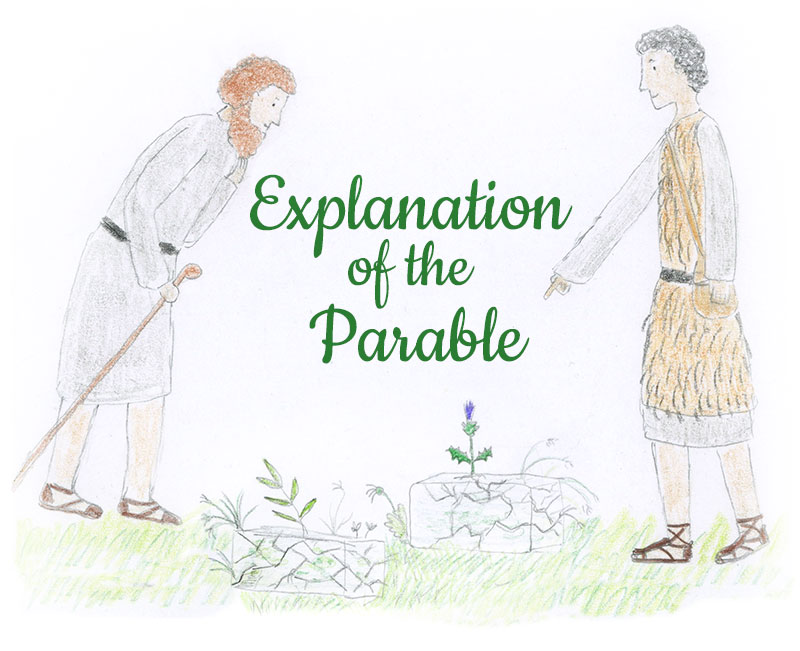
Hermas said to the Shepherd, “Sir, this tower and the rock it is built upon are more glorious than anything I have ever seen.”
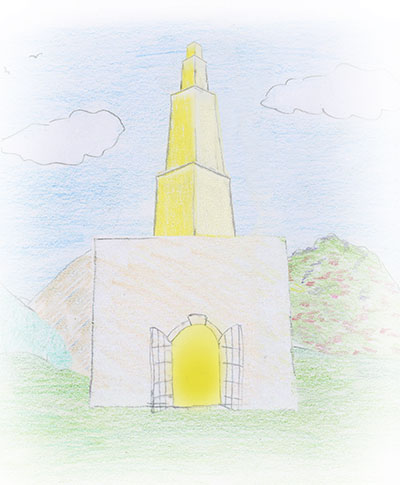
“Have you understood,” the Shepherd asked, “the meaning of what you have seen?”
“No, sir, and I wish to ask many questions.”
“What do you wish to know?”
“First of all, what is the Rock?”
“The Rock is the Son of God.”
“Then, what is the gate?”
“Likewise the Son of God.”
“How can this be possible since the rock is ancient but the door is new?”
“The Rock is old because the Son has existed forever but the gate is new because he came into the world in the last days so that all might enter into eternal life through him.”
“And what is the glorious tower that is being built upon the rock?”
“The tower is the Body of Christ, the Church. All creation is supported by the Son of God and he desires that all will bear his name with joy.”
“Who are the women who watch over the tower?”
“They are virtues. For even if you bear the name of the Son of God, you can not enter his kingdom if you do not have these virtues as your companions. These virtues are Faith, Temperance, Fortitude, Patience, Simplicity, Sincerity, Holiness, Joyfulness, Truth, Understanding, Unity and Love. All who have these virtues may enter into the kingdom of God.”
“What do the different mountains signify?”
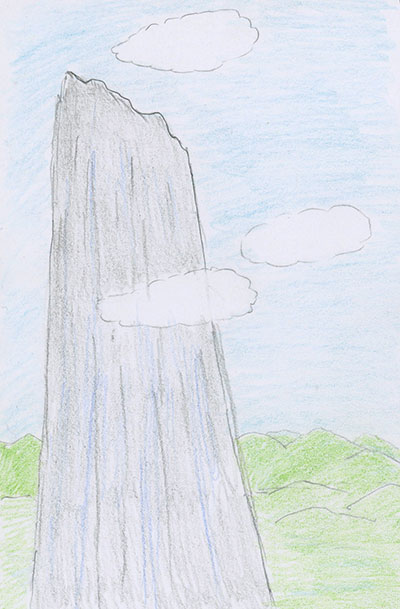
“The mountain with no foothold represents those who reject and betray the loving Heart of the Son of God.”
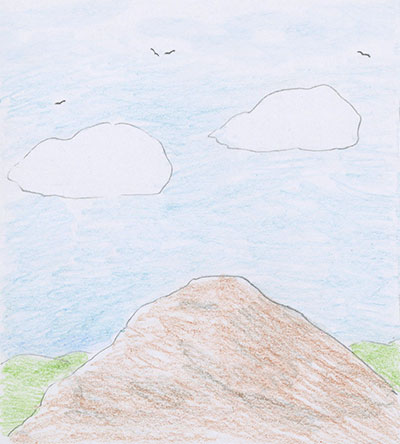
“The bare dirt of the second mountain is similar to false teachers and hypocrites. The soil should bring forth life but instead it is unfruitful.”
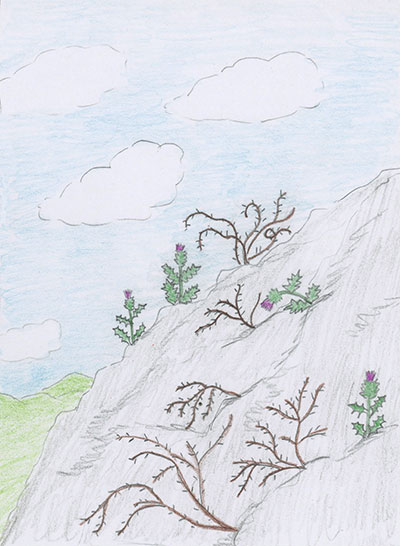
“From the third mountain come those who are rich and troubled by worldly anxiety. They fear being asked to give up their possessions.”
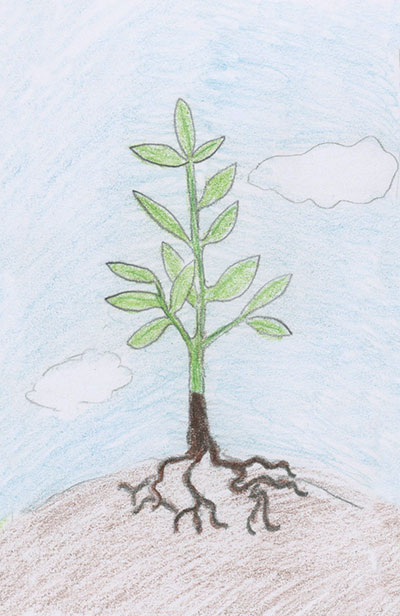
“The plants on the fourth mountain which are half green and half dry are like the double minded. Their words are alive but they have no deeds. They do not follow the master with their whole heart.”
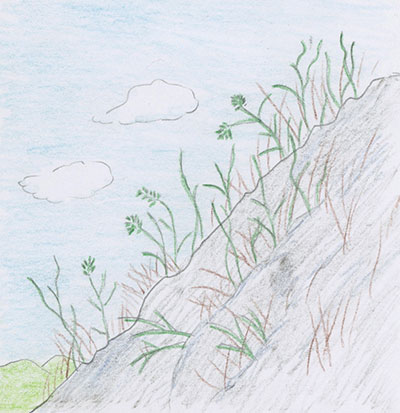
“From the fifth mountain come believers who imagine that they are wise and think that they can teach others. They exalt themselves instead of humbly submitting to the teachers appointed over them.”
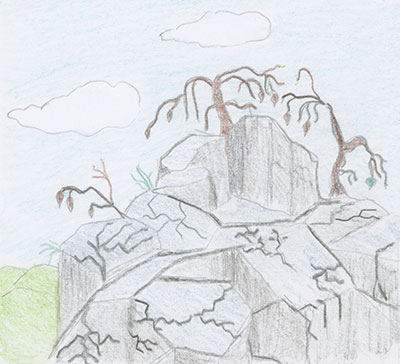
“The cracks of the sixth mountain signify quarrels. The smaller cracks are easier to heal but the large cracks represent those who bear anger and speak with malice against others.”
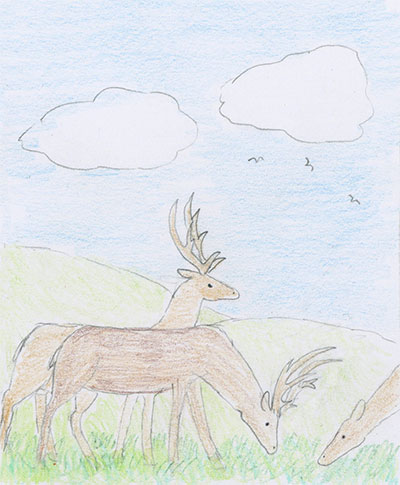
“The seventh mountain is the land of the merciful. They do not quarrel. Instead they help everyone by their good works.”
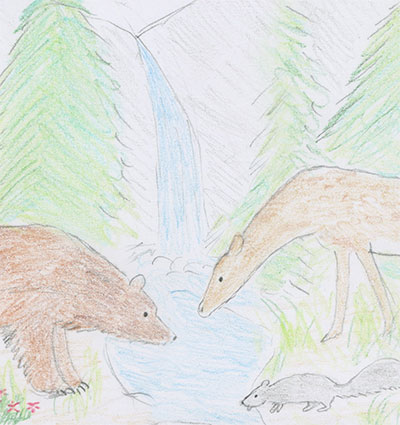
“The springs of water come from apostles and teachers who become living water by teaching the good news of the Son of God.”
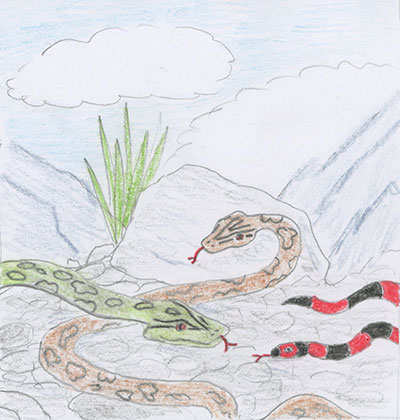
“The deadly reptiles represent teachers who cared more about acquiring money than about caring for the children of God.”
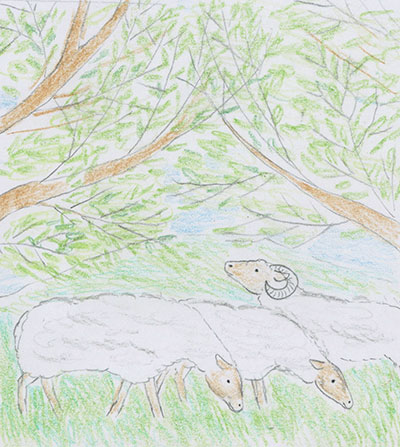
“The trees which shelter the sheep are bishops who welcomed and sheltered the poor and all those in need.”
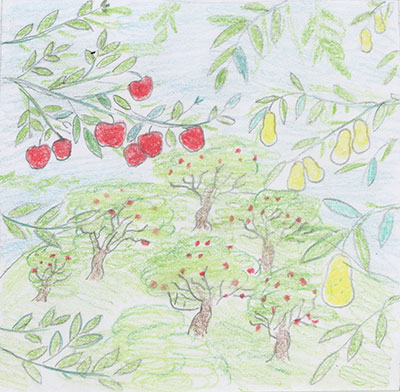
“The lovely fruit on the eleventh mountain is a sign of those who suffered for the Son of God and gave witness to him with their lives.”
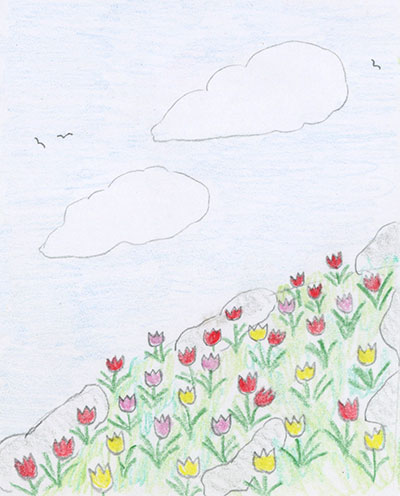
“The final mountain is the most blessed of all. For here are those who always lived in innocence and no evil has entered their hearts.”
“These mountains,” said Hermas “are both terrifying and lovely.”
“But as you have seen, all who repent can receive mercy. All can be transformed.”
“And who, sir, are the builders and what are the stones that make up the tower?”
“The builders and workers are the angels who assist all those who believe in Christ, the Son of God. Those who believe and are carried through the gate by the twelve virtues are being formed into the Body of Christ.”
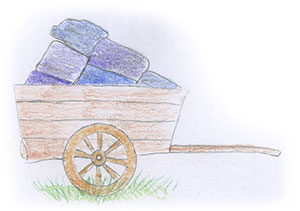
“And how is it that some of the stones were taken away from the tower?”
“The tower must be wholly one and united. There can be nothing evil in it. Our loving master has come to his tower early to allow each one time to see faults and repent.”
“The opaque stones, however, are those who do not choose to repent. They must now go far away from the tower.”

“The rotten stones have not been preserved with the salt of peace and so have been corrupted by pleasures and riches. If they can cast these things away, they will fit into the tower.”
“The ones with cracks are those who are quarrelsome and bear anger and hatred towards others. If they repent and become peaceful, they will once again be solid stones.”
“The stones that are too short are those who hid their talents and so do not have their full height and depth. But if they can come together in charity, this will make up for what they lack.”
“The mottled stones are those who could not make up their minds to serve and follow Christ. If they decide to serve him, they become glorious but, if not, they must go far away.”
“The rough stones grate against everyone. They are presumptuous know-it-alls with no docility and understanding. If they can give up their pride and foolishness, they will join well with the other stones.”
“The stones with stains are those who have committed other sins. If they are sorry for their sins, they are easily made clean by the mercy of Christ.”
“And what are the stones from the plain and why are some of them round?”
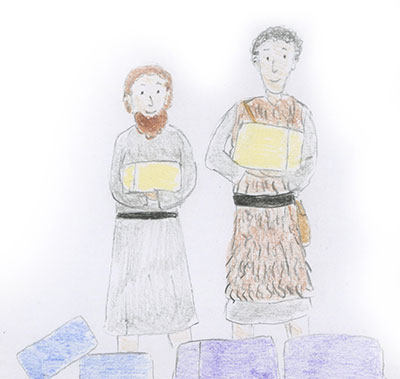
“The stones from the plain are those who do not yet live on the twelfth mountain but are related to it by their innocence of life. None of them will be rejected for the Son of God loves those with loving hearts. The ones who are round are those who have had riches and need to have these removed before they can be true servants of the Son of God.”
“Why is the tower not yet complete?”
“Because the mercy of God has been waiting for you. All you who read this, listen! The Lord dwells among those who love peace but he is far from the contentious and those who do evil. The mercy of God is waiting for you so that the tower may be complete and so that your joy may be full.”
